1. The Dancing Plague of 1518
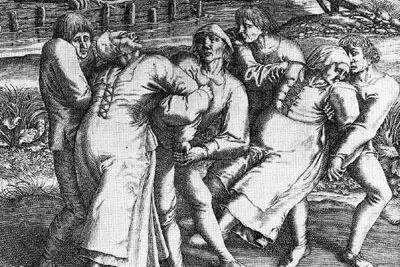
In 1518, residents of Strasbourg (then part of the Holy Roman Empire) were swept up in a mysterious compulsion to dance uncontrollably. What started as one woman’s bizarre behavior quickly spread, eventually affecting dozens of people. Accounts describe people dancing for days on end, unable to stop, some even collapsing or dying from exhaustion. The cause remains a mystery, with theories ranging from ergot poisoning to mass hysteria.
This eerie episode was so baffling that local authorities, desperate for answers, even built a stage for the dancers and hired musicians to try to curb the frenzy. Despite their efforts, the plague continued, leaving behind only fragmented historical records. It remains one of the most enigmatic events in history, a strange cultural phenomenon that faded with no clear resolution.
2. The Thugee Cult of India
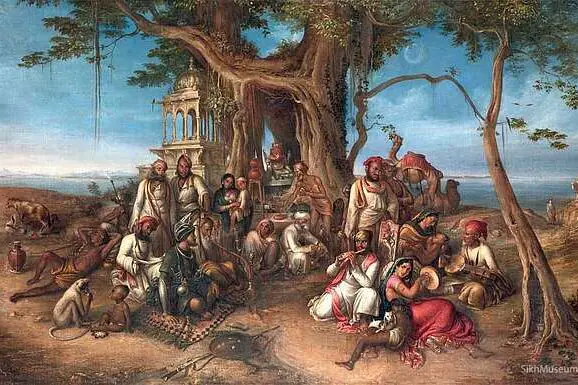
The Thugees were a secretive group of cultists in India who practiced ritual murder and robbery, often in the name of the goddess Kali. They would travel in groups, pretending to be travelers themselves, until they could overpower their victims, strangling them with a cloth. Though the cult’s existence was confirmed by the British during their colonization, much about the Thugees’ rituals and beliefs remains unclear.
By the 19th century, British authorities took steps to eradicate the Thugee cult, launching extensive crackdowns that ultimately wiped them out. However, the reasons behind the cult’s origin and its rapid disappearance are lost to history. Some experts believe the Thugees may have been a powerful social group that used their secretive nature to control trade routes, but their true motivations remain a mystery.
3. The Viking Blood Eagle Ritual
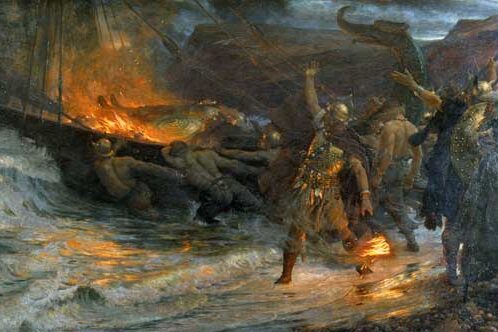
The blood eagle is one of the most chilling and mysterious rituals associated with Viking culture, though it may not have ever truly existed. Descriptions of the practice suggest that a captured enemy would have their ribs severed from the spine and their lungs pulled out to resemble wings. This gruesome method of execution was said to be both a form of sacrifice and a punishment for traitors.
While references to the blood eagle appear in sagas and historical texts, there’s little concrete evidence it was ever a widespread practice. Many historians believe the ritual was exaggerated or fabricated, possibly as a means to instill fear in Viking enemies. Whatever its reality, the blood eagle remains a haunting symbol of brutality that seems to have vanished from Viking culture without a trace.
4. The Lost Art of Obeah in the Caribbean
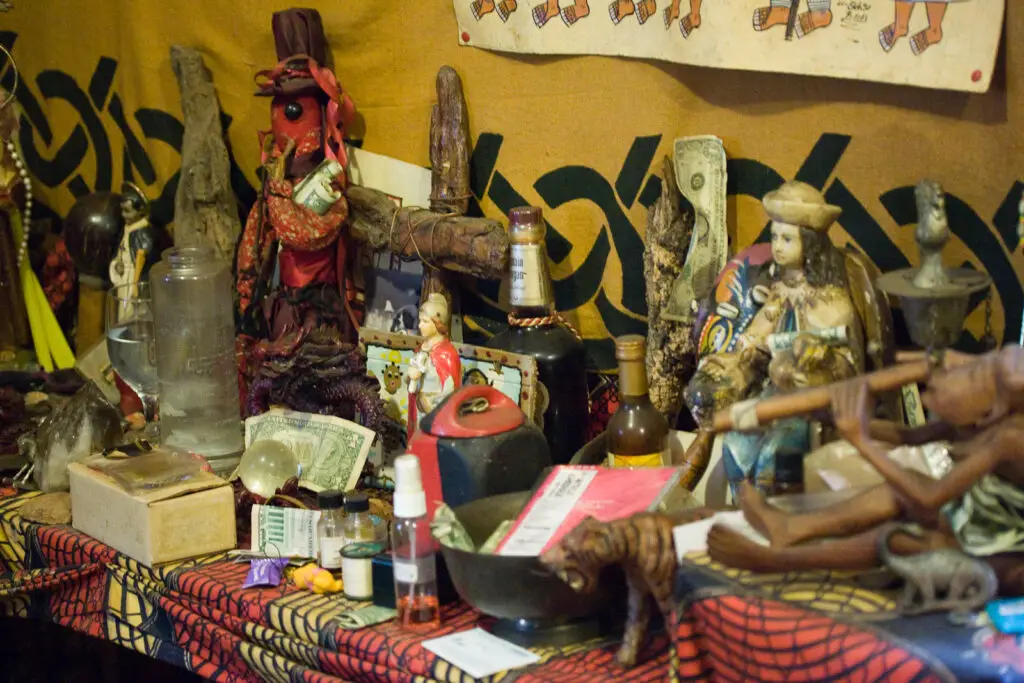
Obeah is a form of spiritual practice that originated in Africa but evolved in the Caribbean, blending African beliefs with European and indigenous influences. Once feared and respected across the region, Obeah practitioners were said to possess the power to curse, heal, and control the forces of nature. It was so deeply intertwined with Caribbean society that it was often used as a form of resistance against colonial rule.
Despite its once-prominent role, Obeah was actively suppressed by European colonizers who associated it with witchcraft and rebellion. Over time, the practice faded from the public eye, though traces of it remain in the form of folk traditions and spirituality. The full scope of Obeah’s rituals and significance, however, remains obscured, as its practitioners were forced into secrecy or persecuted out of existence.
5. The Minoan Snake Goddess Cult
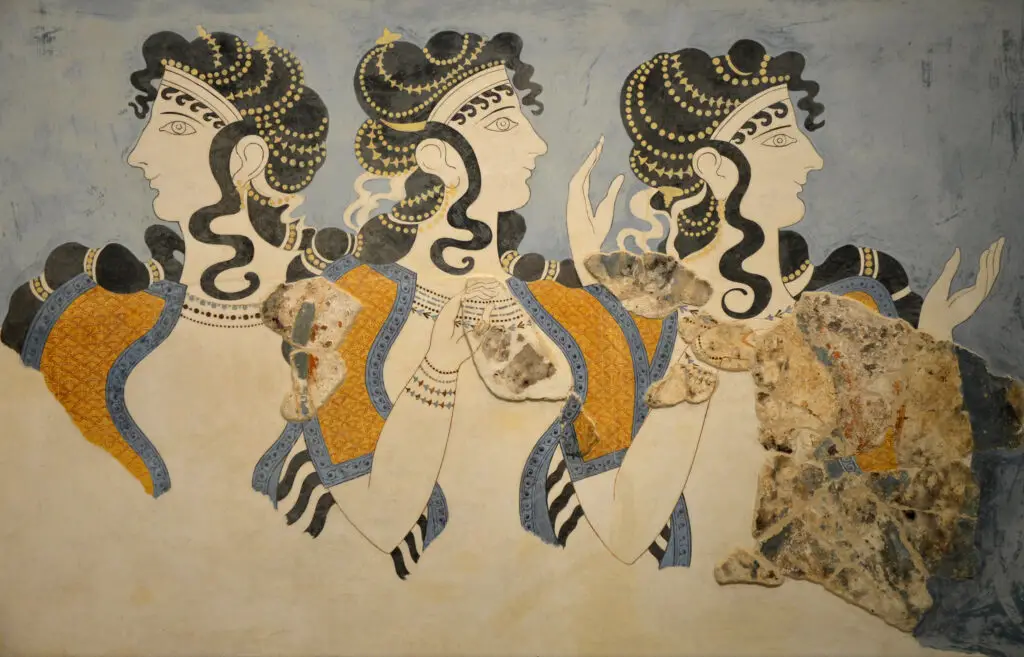
The Minoan civilization, which flourished on the island of Crete around 1600 BCE, was home to a complex religious culture that included the worship of a mysterious snake goddess. This deity, often depicted holding serpents in her hands, was believed to represent fertility, protection, and transformation. Temples dedicated to her were adorned with statues and frescoes, but very little is known about the actual rituals.
The snake goddess and her cult seem to have vanished from the historical record without a trace, likely wiped out by a combination of invasions, natural disasters, and the collapse of the Minoan civilization. Archaeologists continue to study Minoan artifacts in the hopes of uncovering more details, but the true nature of this enigmatic practice remains a mystery, leaving us to wonder how such a powerful symbol faded so completely from history.
6. The Ghost Dance of Native American Tribes
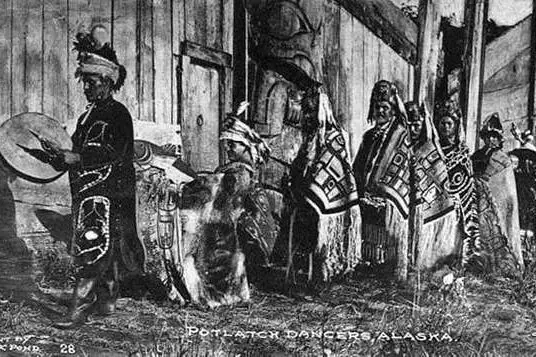
In the late 19th century, Native American tribes, particularly the Lakota Sioux, adopted the Ghost Dance, a ritual intended to bring about a time when Native Americans could live peacefully without the oppression of settlers. The dance was accompanied by chanting and intricate movements, with practitioners believing it could summon the spirits of their ancestors and help reclaim their land. It was also thought to have healing powers.
However, as tensions between Native Americans and the U.S. government escalated, the Ghost Dance was seen as a threat. The U.S. military cracked down on the movement, leading to violent clashes like the infamous Wounded Knee Massacre in 1890. Following this, the Ghost Dance faded, and its practice largely disappeared, leaving behind only the stories and memories of those who believed in its power.
